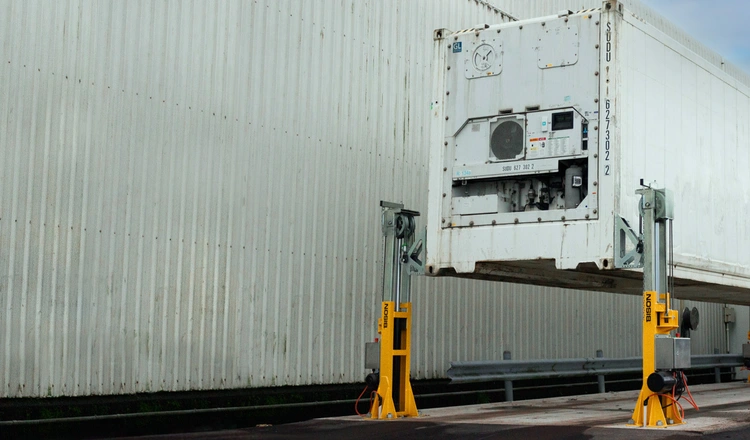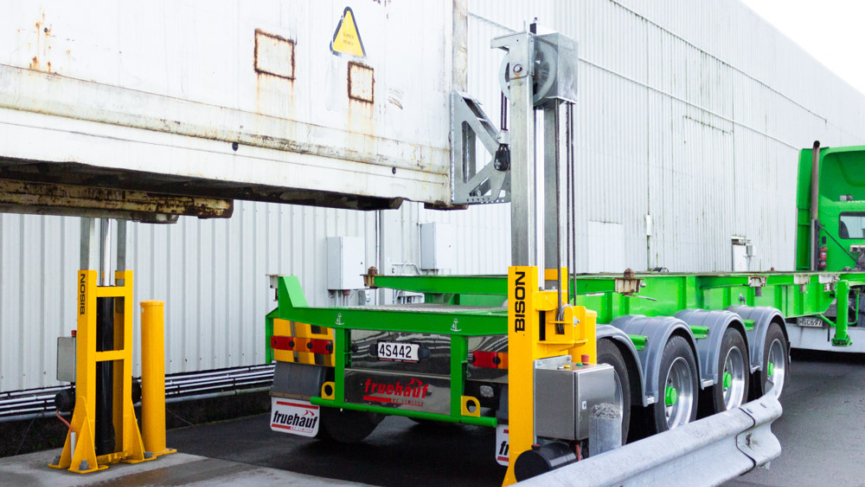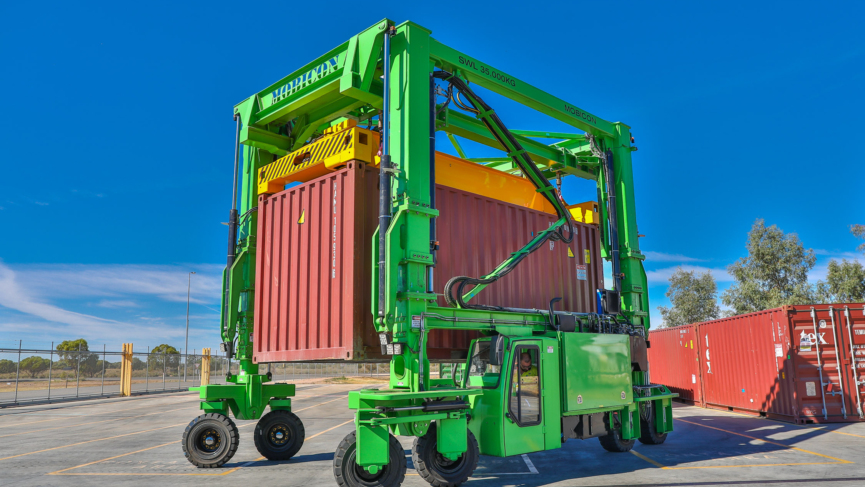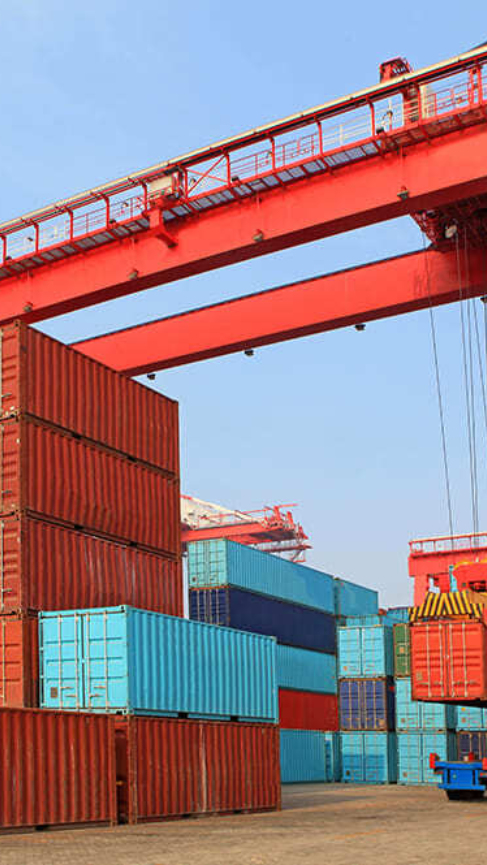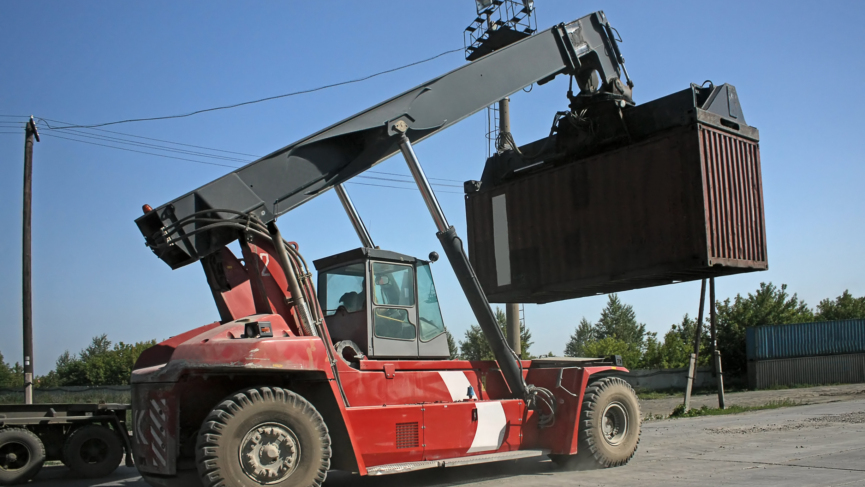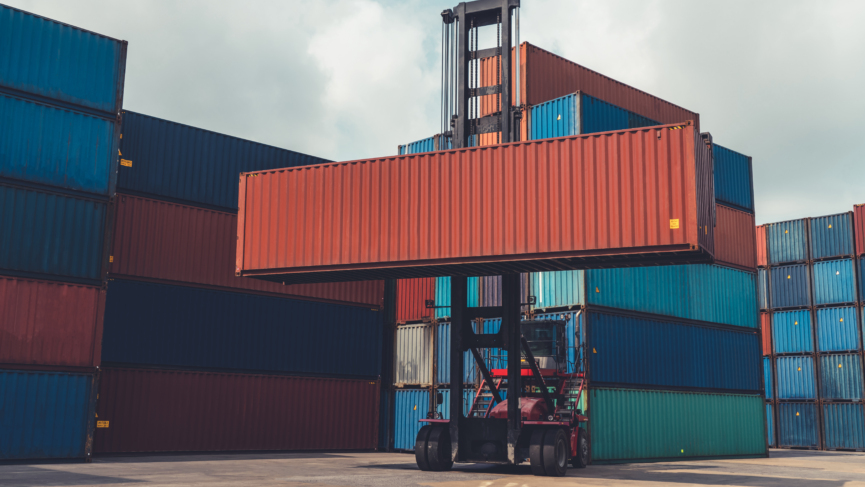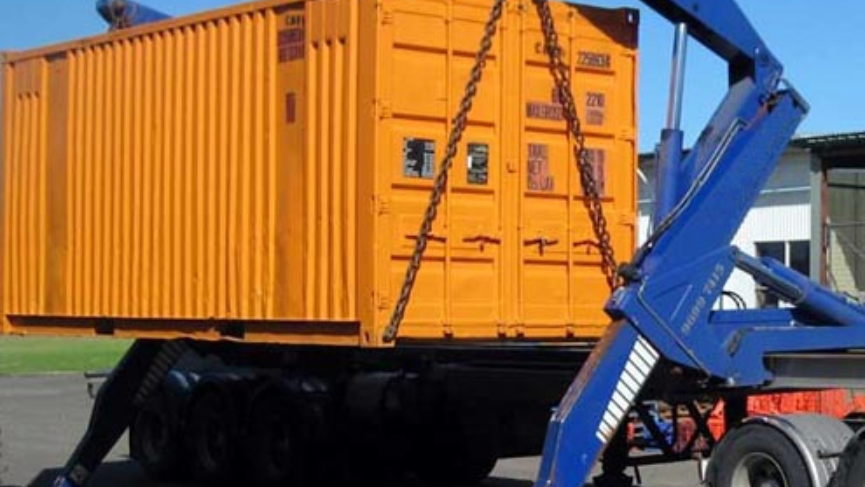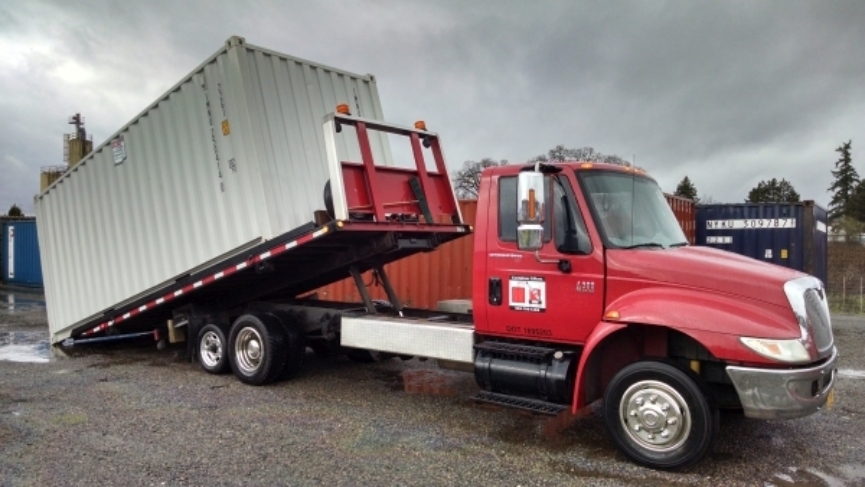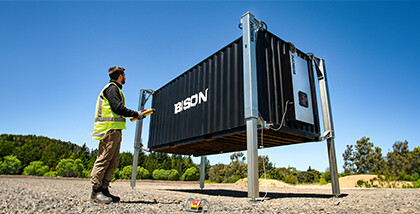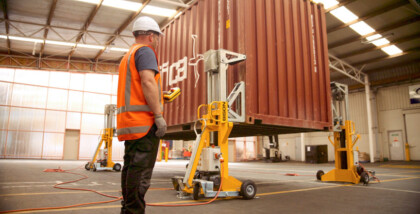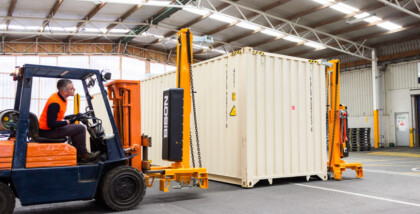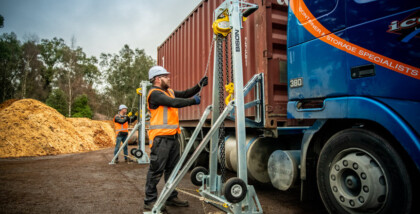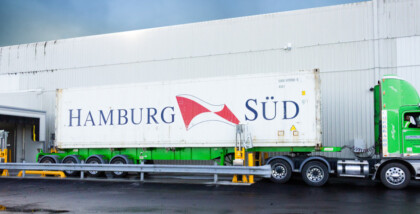How To Lift A Shipping Container
If you need to lift a shipping container, you'll probably have to fork out a lot of cash for the equipment - which can only be found in places that handle a ton of containers. These areas are known as "freight hubs." But what about when you need to lift containers elsewhere? You could call up a mobile container handling service, like a truck crane, side loader, or tilt-bed truck. However, there's good news - new container lifting solutions are much more affordable and accessible.
This report breaks down 9 different ways you can lift or move a shipping container, so you can pick the best option for your operation.
The list includes:
- Gantry Cranes
- Straddle Carriers
- Reach Stackers
- Top Loaders
- Heavy Container Forklifts
- Side Loaders
- Truck Cranes
- Tilt Bed Trailers
The report also weighs the pros and cons of each method, so you can make an informed decision.
